Team

Alexa Halford, Ph.D.
Title/Position
Principal Investigator, LAMP Mission
Associate Lab Chief, Ionosphere, Thermosphere, Mesosphere Lab, NASA
Following graduation from Augsburg University in Minneapolis, Minnesota, Alexa Halford went on to receive a Masters in Astronomy and Planetary Sciences from University of Colorado at Boulder and a Ph.D. in Physics at the University of Newcastle Australia. Shortly after completing her Ph.D. work, Halford won a highly competitive “Visiting Young Scientist” fellowship from Dartmouth College. She then moved to the Aerospace Corporation and is now the Associate Lab Chief of the Ionosphere, Thermosphere, Mesosphere lab at NASA Goddard Space Flight Center. At Goddard in addition to being PI of the LAMP rocket, she works as the Heliophysics and Space Weather Goddard strategic lead for Artemis, the deputy PI for petitSat, and on several other committees/working groups associated with space weather.
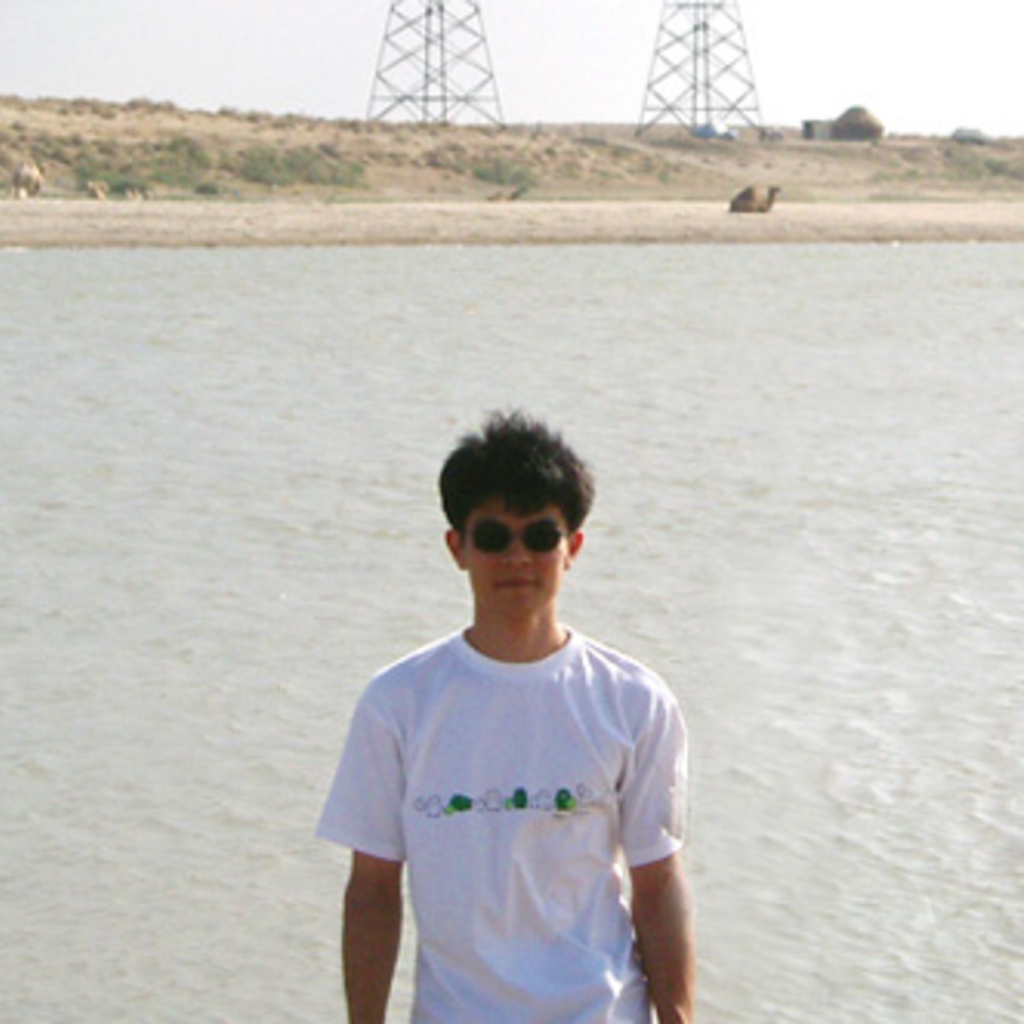
Kazushi Asamura
Title/Position
Co-Investigator, LAMP Mission
Associate Professor
Kazushi Asamura is a principal investigator of Arase (JAXA) / LEPi and Reimei (JAXA) / ESA&ISA, and a lead-Co-I of BepiColombo / MMO / MPPE. He also developed hardware / software of particle instruments onboard spacecraft JUICE (ESA), Kaguya (JAXA), Chandrayaan-1 (ISRO), Venus Express, Mars Express (ESA), and IMAGE (NASA), as a Co-I. For sounding rockets, he was a PI of instrument packages onboard SS520-3 (JAXA) and RockSat-XN (NASA), a Co-I of particle instruments onboard S-310-35, SS520-2, and SS520-1 (JAXA). He received his Ph.D in geophysics from Kyoto University. His research interest contains wave - particle interactions and particle transport in the magnetosphere.
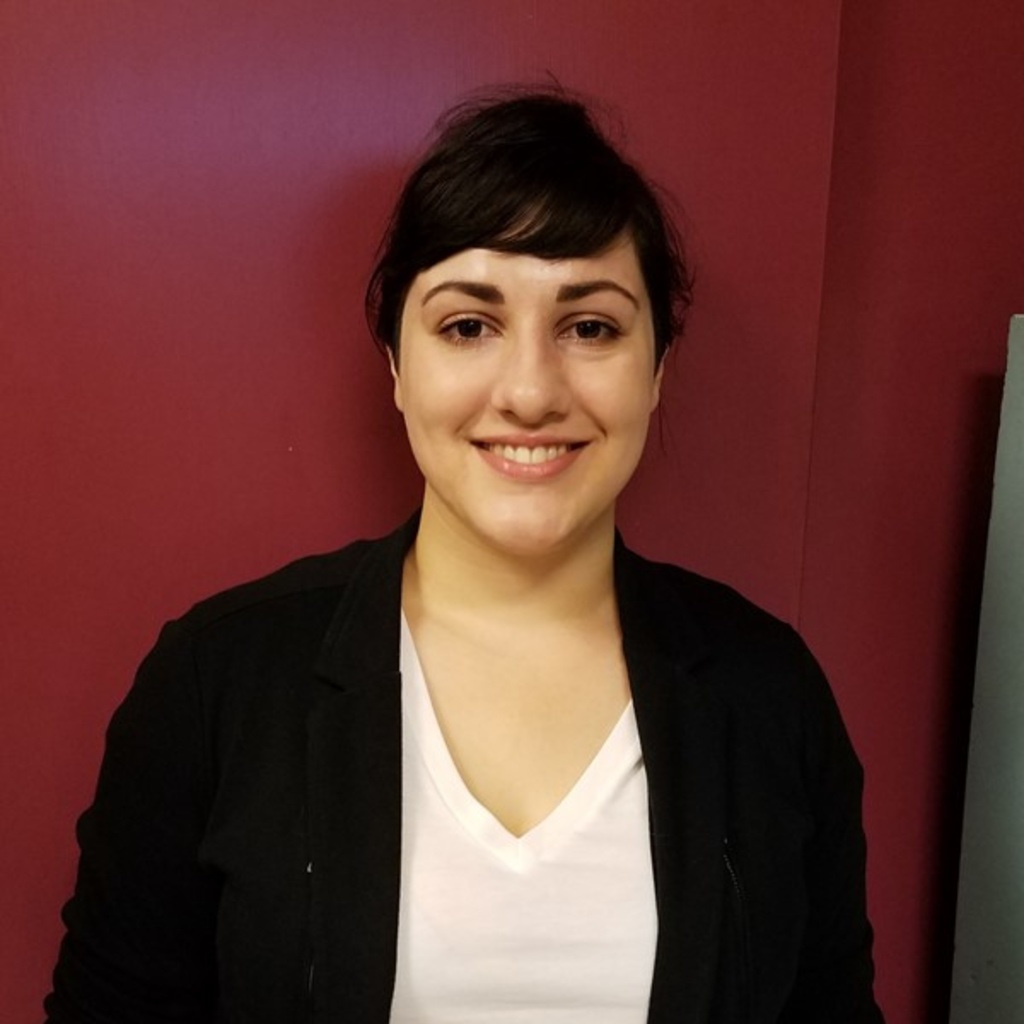
Niharika Godbole
Title/Position
Co-Investigator, LAMP Mission
Graduate Research Assistant
Niharika graduated from the University of California, Berkeley in 2014 with a B.A. in Astrophysics. She began working as a Junior Specialist at the Space Sciences Laboratory (SSL) on the GRIPS balloon mission and TILDAE sonic anemometer soon after graduation, and participated in their subsequent integration and launch campaigns from the Long-Duration Balloon facility in McMurdo Station, Antarctica in 2016. She also worked on the TRICE2 sounding rocket payload while at SSL. Niharika joined the Magnetosphere Ionosphere Research Laboratory (MIRL) at the University of New Hampshire (UNH) in the fall of 2017, having been awarded the UNH CEPS and Harper fellowships.
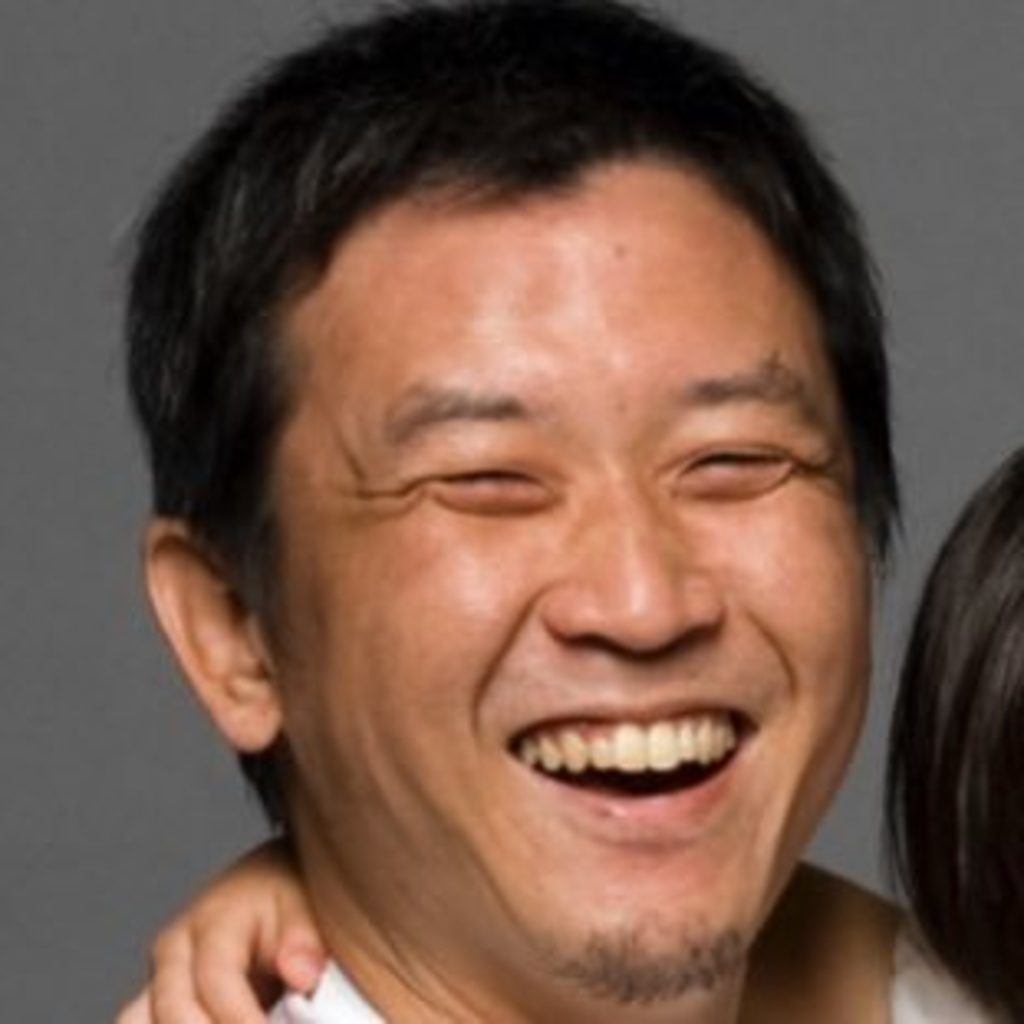
Keisuke Hosokawa, Ph.D.
Title/Position
Co-Investigator, LAMP Mission
Professor, The University of Electro-Communications, Tokyo
Dr. Keisuke Hosokawa completed a doctorate in solar-terrestrial physics at Department of Geophysics, Graduate School of Science, Kyoto University. He is now a professor in Department of Communication Engineering and Informatics, The University of Electro-Communications, Tokyo. His research interest covers various phenomena in the planetary upper atmosphere including aurorae, ionospheric waves and plasma bubbles. His team is currently operating a number of radio and optical instruments in the world, for example in high Arctic region. He has been serving as a Topical editor for Annales Geophysicae since 2012.
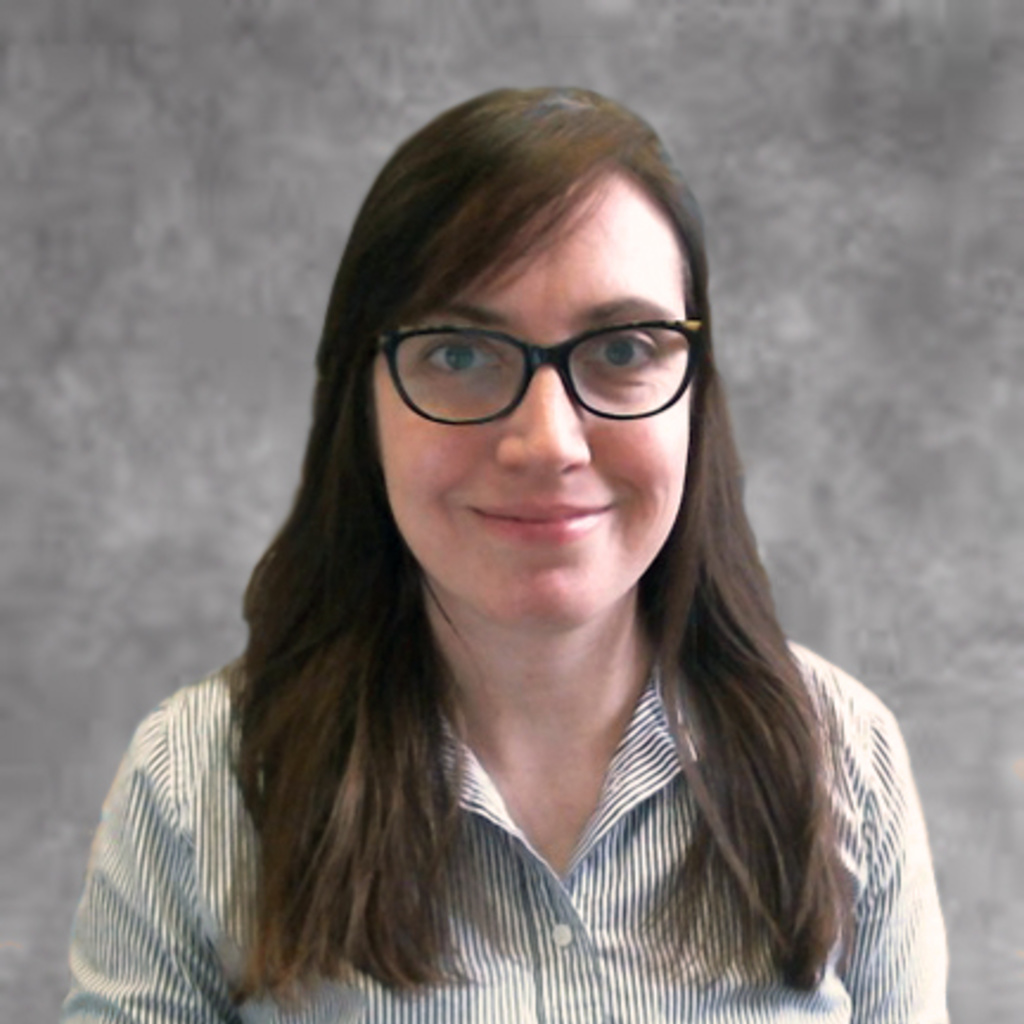
Allison Jaynes, Ph.D.
Title/Position
Co-Investigator, LAMP Mission
Assistant Professor
Assistant Professor Allison Jaynes joined the faculty at the University of Iowa in 2017 after receiving a PhD from the University of New Hampshire and working as a researcher at the University of Colorado Boulder. Her research focuses on inner magnetosphere particle dynamics, including the ring current and radiation belts and how they connect to atmospheric and auroral physics. She has been a Co-Investigator on the MMS and Van Allen Probes NASA satellite missions. She is currently serving as Co-Lead on the SCOSTEP PRESTO committee for predictions of the Sun-Earth environment, as a member of the AGU Nomination Task Force, and as a member of the National Academies study on Increasing PI Diversity and Inclusion in the Leadership of Competed Space Missions. She previously served as Co-Chair of the Geospace Dynamics Constellation (GDC) Science and Technology Definitions Team for NASA. She was awarded an NSF CAREER in 2020.
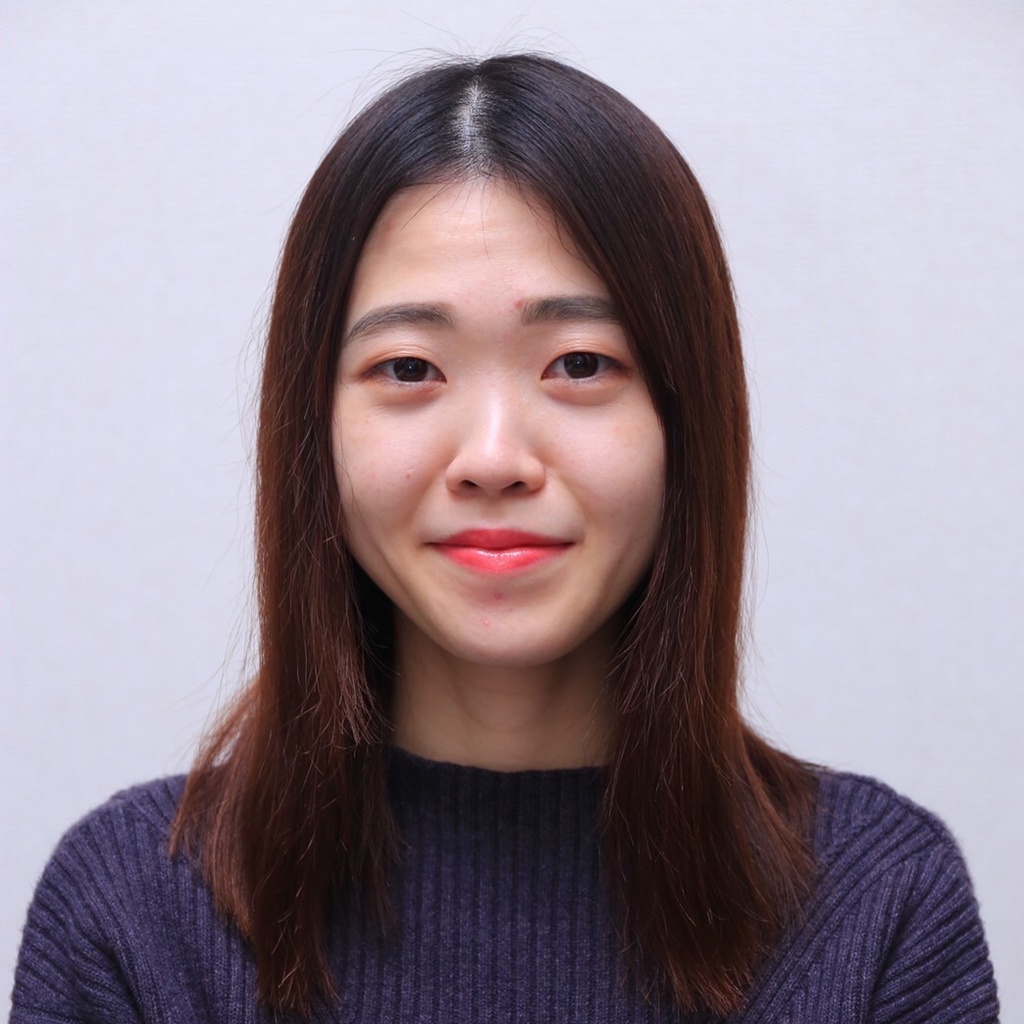
Miki Kawamura
Title/Position
Graduate Student
Miki Kawamura is a graduate student at Tohoku University in Japan. She is studying under Ph.D. Takeshi Sakanoi. She is interested in the difference between the pulsating aurora with and without microburst. She developed aurora imaging cameras (AIC2) onboard LAMP rocket.
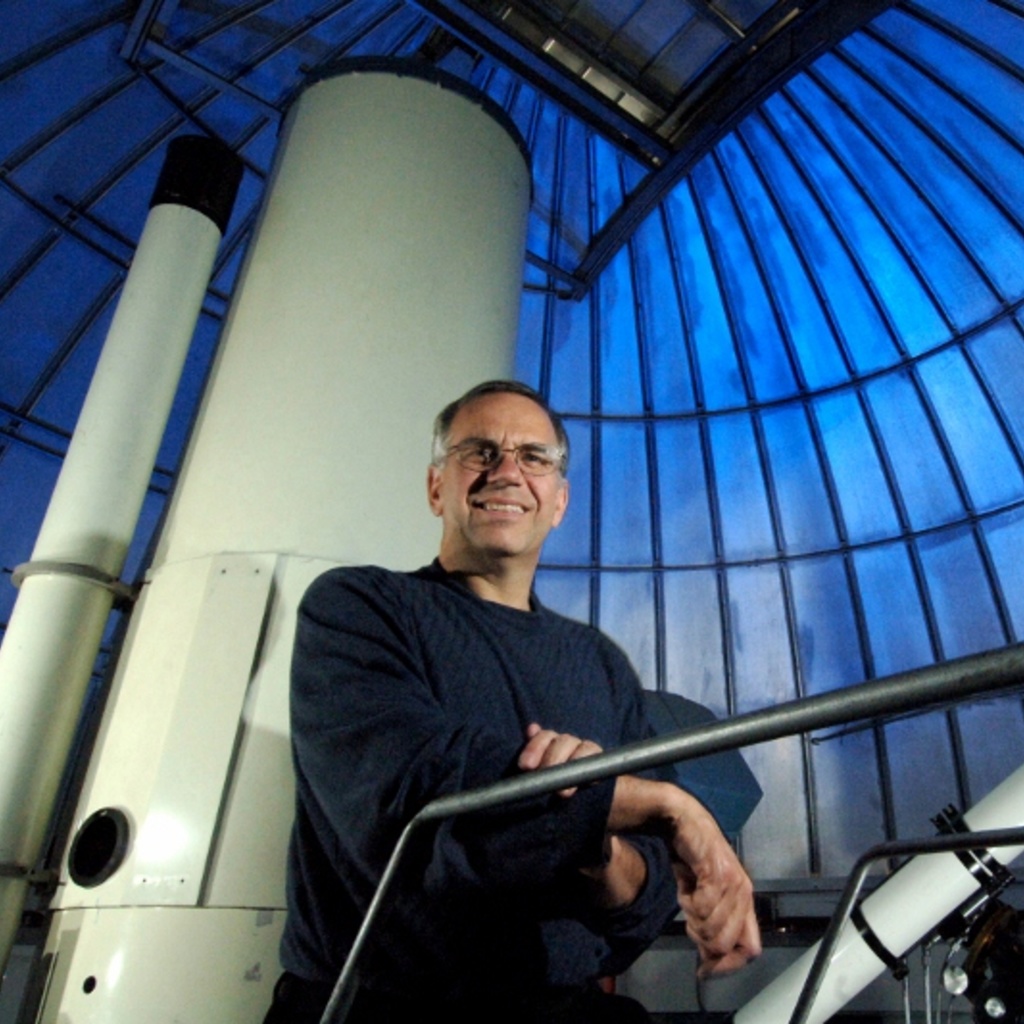
Geoff McHarg, Ph.D.
Title/Position
Co-Investigator, LAMP Mission
Director, Space Physics and Atmospheric Research Center (SPARC)
Professor Geoff McHarg is the Director of the Space Physics and Atmospheric Research Center (SPARC) in the Department of Physics at the United States Air Force Academy. He received his PhD from the University of Alaska, Fairbanks in 1993. His research focuses on auroral physics, lightning and sprites. His group has successfully flown over 20 science payloads designed, built, tested and operated with undergraduate cadets at the Air Force Academy on a variety of NASA and DoD satellites. He has served as an assistant editor for Geophysical Research Letters, and serves in a review capacity for a variety of Air Force Office of Scientific Research and NASA science programs.
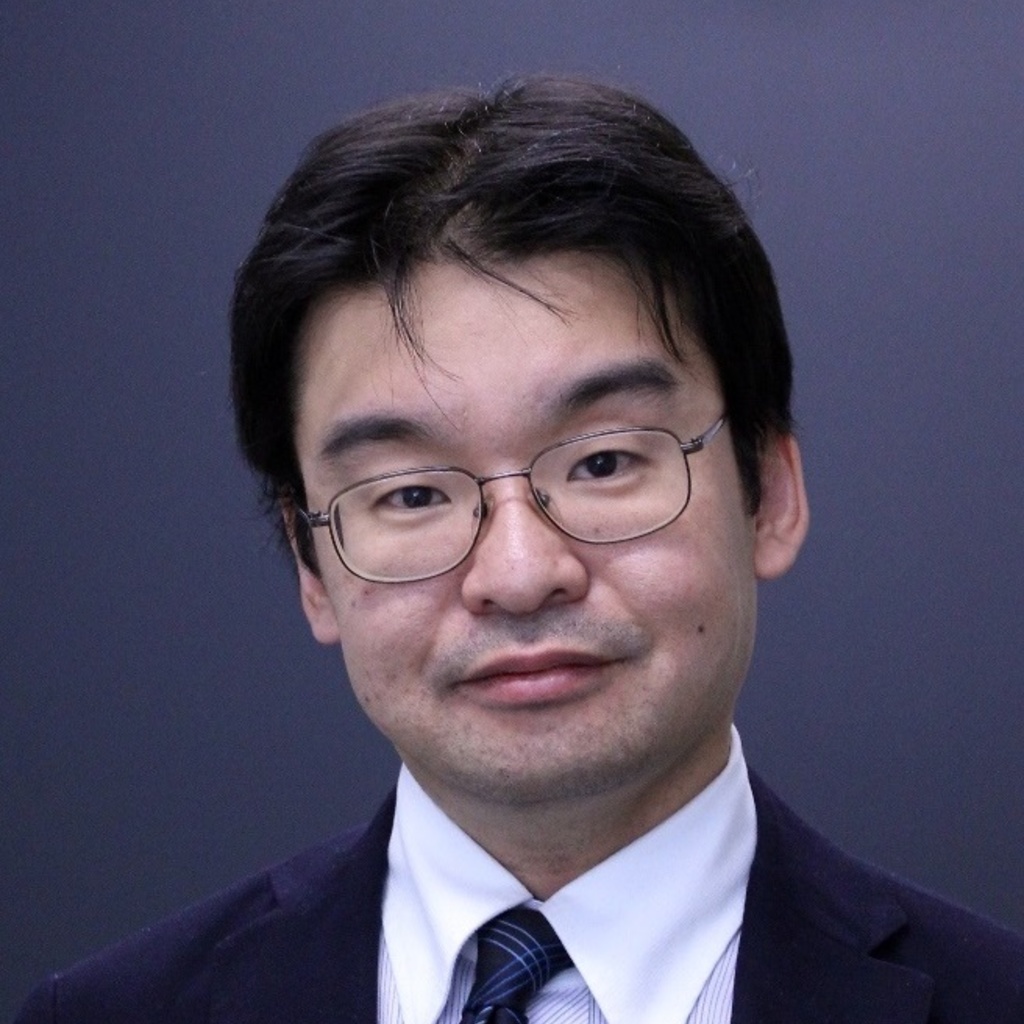
Yoshizumi Miyoshi, Ph.D.
Title/Position
Co-Investigator, LAMP Mission
Professor, Nagoya University
Dr. Miyoshi is a professor of Institute for Space-Earth Environmental Research, Nagoya University and the project scientist of JAXA/Arase satellite mission. He has studied the radiation belts, the inner magnetosphere, wave-particle interactions and space weather. He has also worked the high-speed aurora imaging to observe the pulsating aurora. He has served as an editor of Annales of Geophysicae, and other international journals, and a bureau member of SCOSTEP.
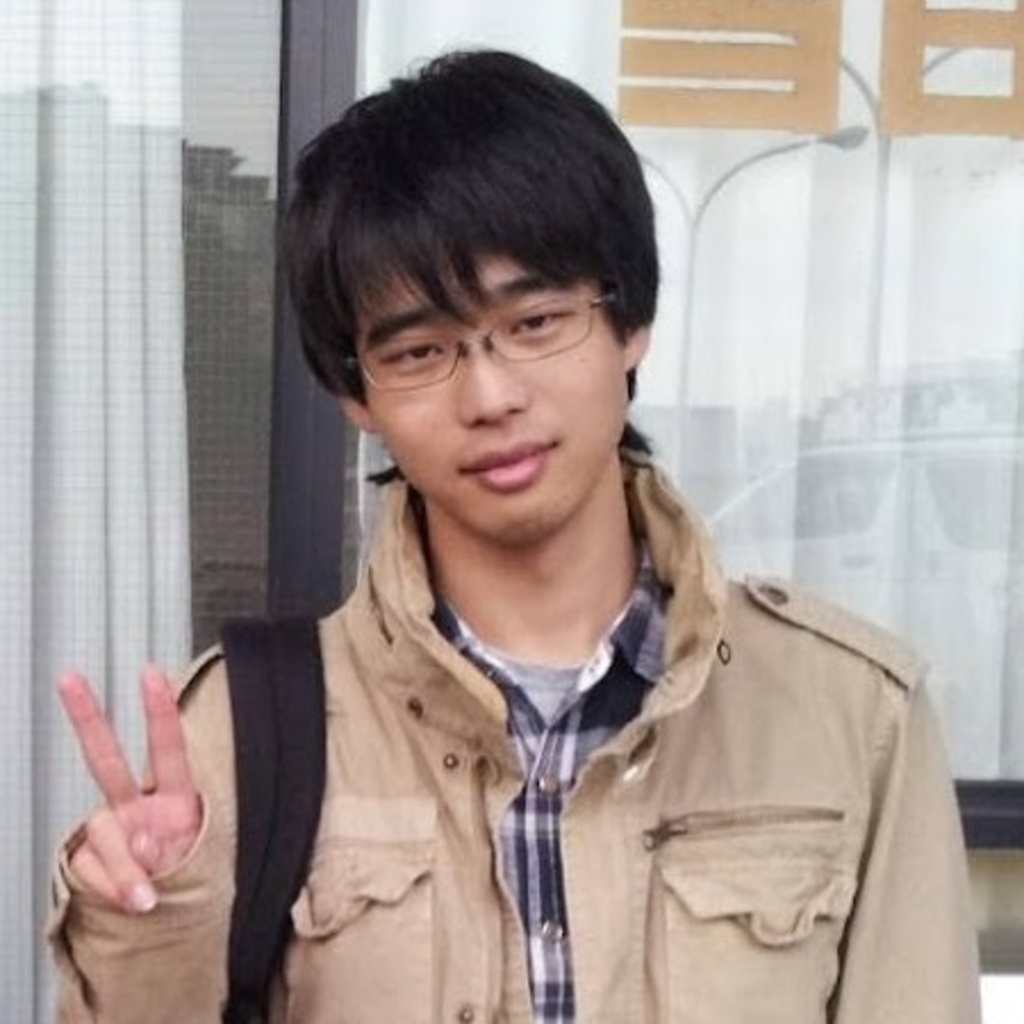
Taku Namekawa
Title/Position
Graduate Student
Taku Namekawa is a Ph.D. candidate at the University of Tokyo. He is involved in LAMP HEP2.
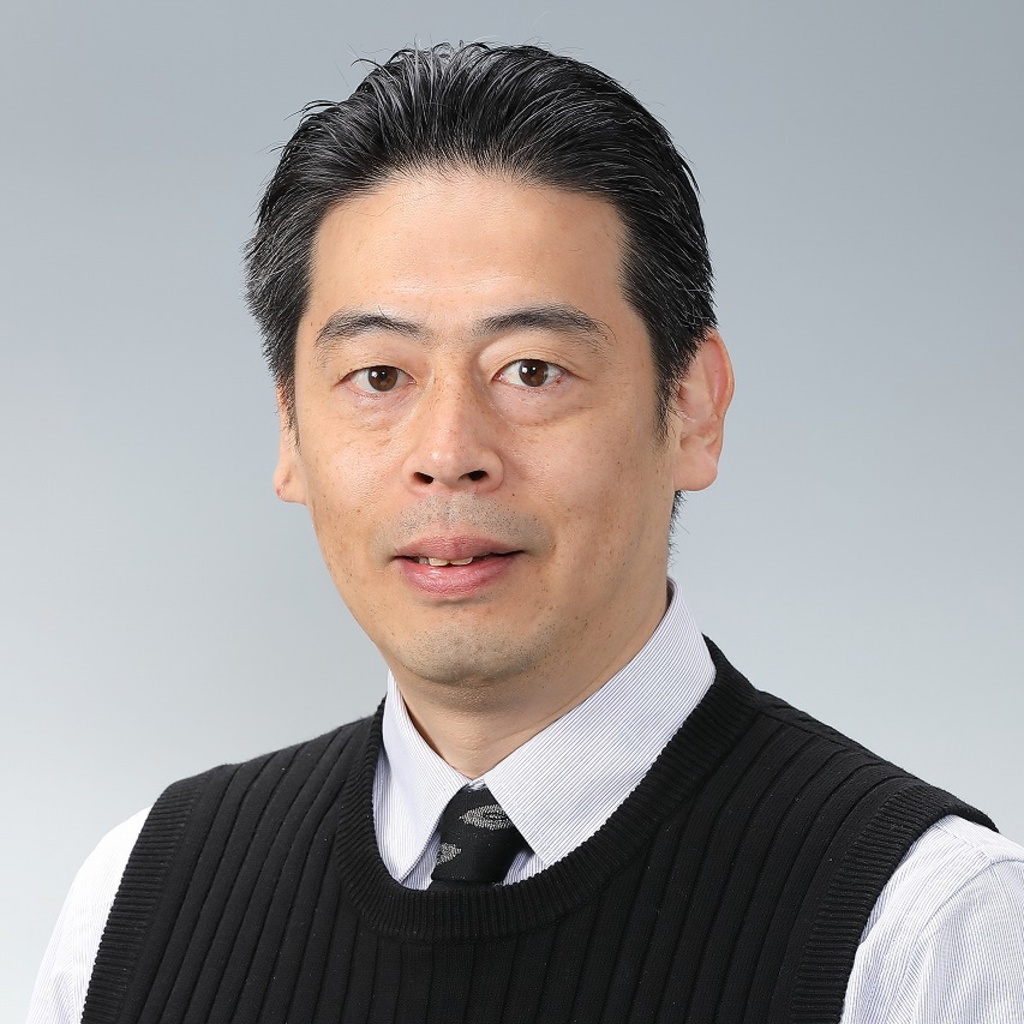
Masahito Nosé, Ph.D.
Title/Position
Co-Investigator, LAMP Mission
Associate Professor, Nagoya University
Dr. Masahito Nosé is an associate professor at Institute for Space-Earth Environmental Research (ISEE), Nagoya University. He earned his PhD degree in geophysics from Kyoto University, Japan, in March 1998. His research interests include magnetic field variations and ion composition change in the inner magnetosphere, ground and satellite observations of geomagnetic field, and development of magnetometers. In LAMP mission, his contribution is experiments of the geomagnetic field observations with a newly developed magnetometer based on magneto-impedance sensor, named MIM (magneto-impedance magnetometer).
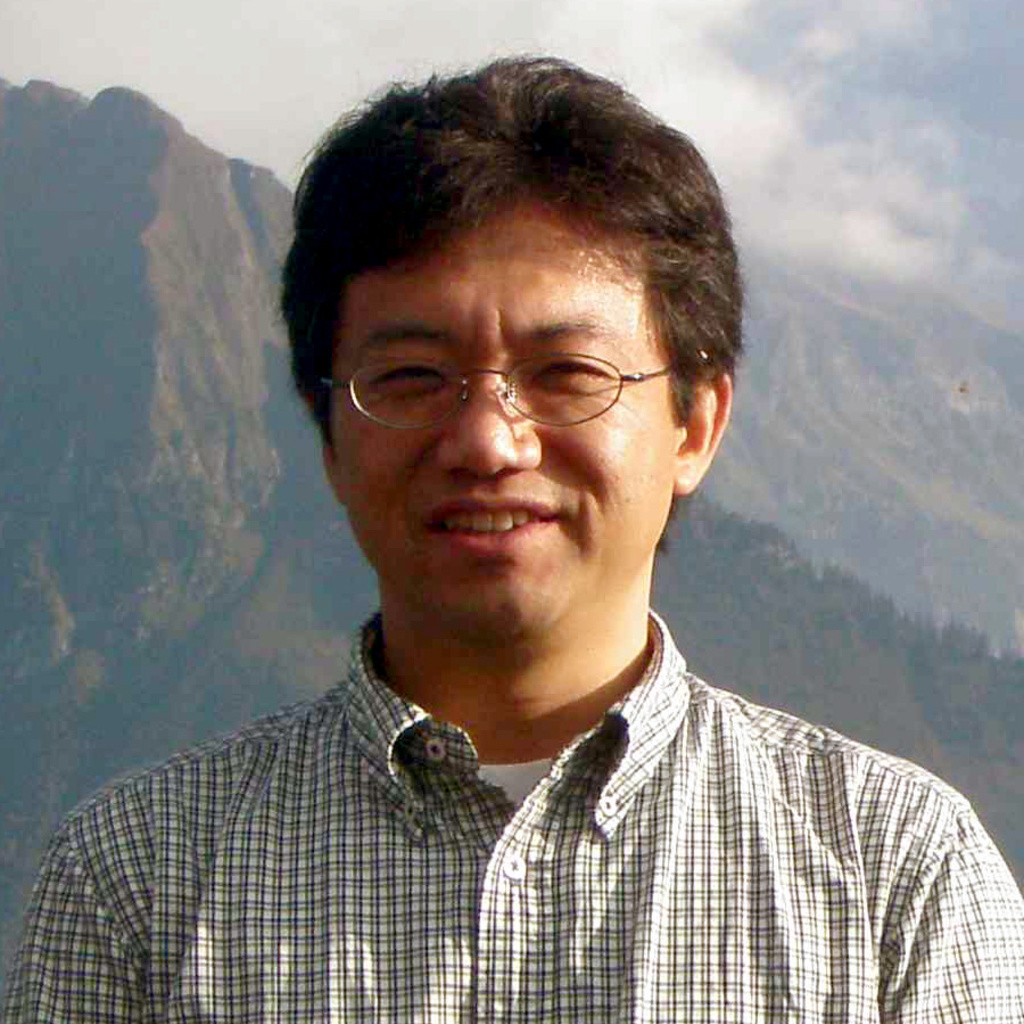
Takeshi Sakanoi, Ph.D.
Title/Position
Co-Investigator, LAMP Mission
Associate Professor, Tohoku University, Japan
Takeshi Sakanoi is an associate professor at Planetary Plasma and Atmospheric Research Center (PPARC), Tohoku University, Japan. He received his PhD degree in geophysics from Tohoku University in 2006. His research interests include small-scale aurora and field-aligned acceleration process, and atmospheric gravity waves in the thermosphere. He experienced PIs of auroral imager on the Reimei satellite, and visible and near-infrared spectrograph on the international space station. He is in charge of auroral camera AIC2 of PARM2 package for the LAMP mission.
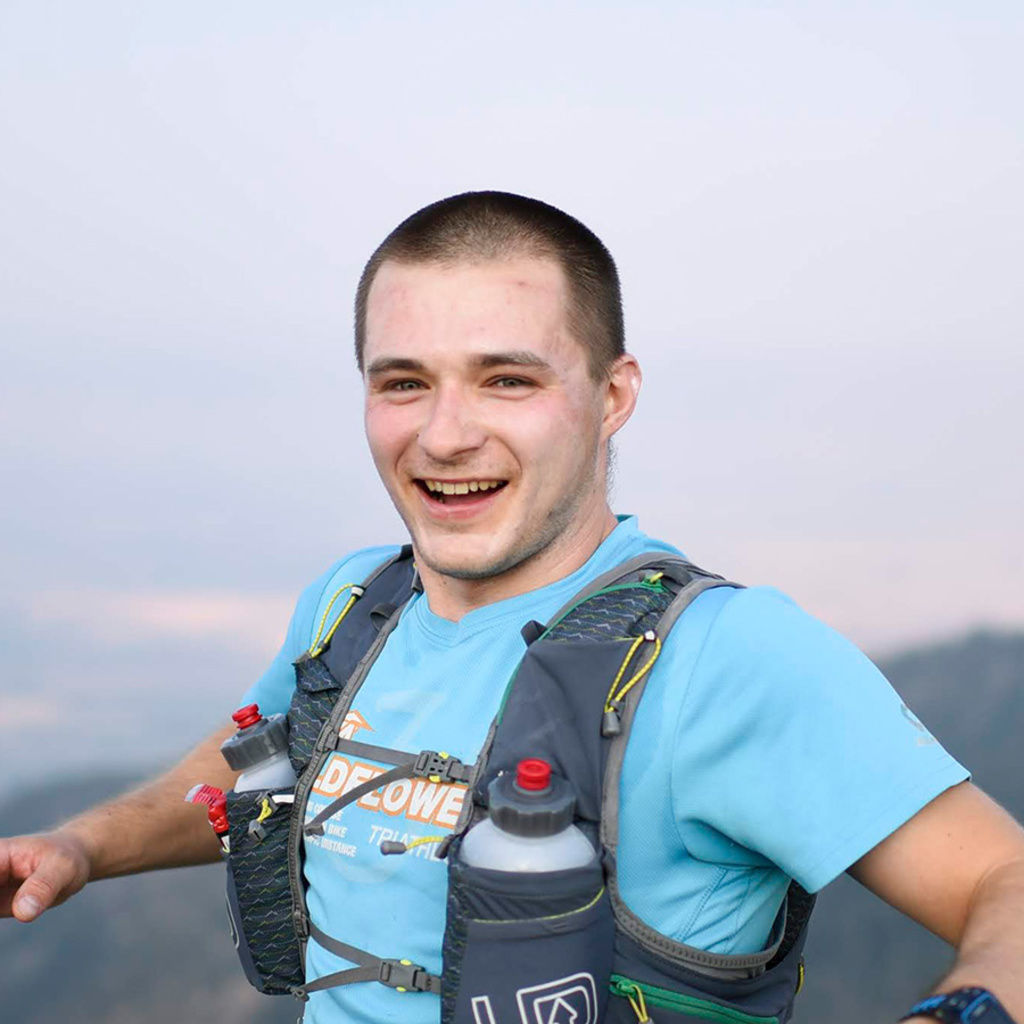
Mykhaylo Shumko, Ph.D.
Title/Position
Postdoctoral Fellow, Goddard Space Flight Center
Dr. Mykhaylo (Mike) Shumko became a NASA Postdoctoral Fellow at Goddard Space Flight Center after he graduated from Montana State University in 2019. His research is mainly focused on atmospheric particle precipitation observed directly by low Earth orbiting satellites and from the ground by all-sky imagers. He worked closely with the FIREBIRD-II CubeSat team and commanded them for many years. He is currently developing the GTOsat CubeSat, and working on data analysis techniques to combine auroral and in-situ particle measurements to understand under what conditions the low- and high-energy particle dynamics are linked.
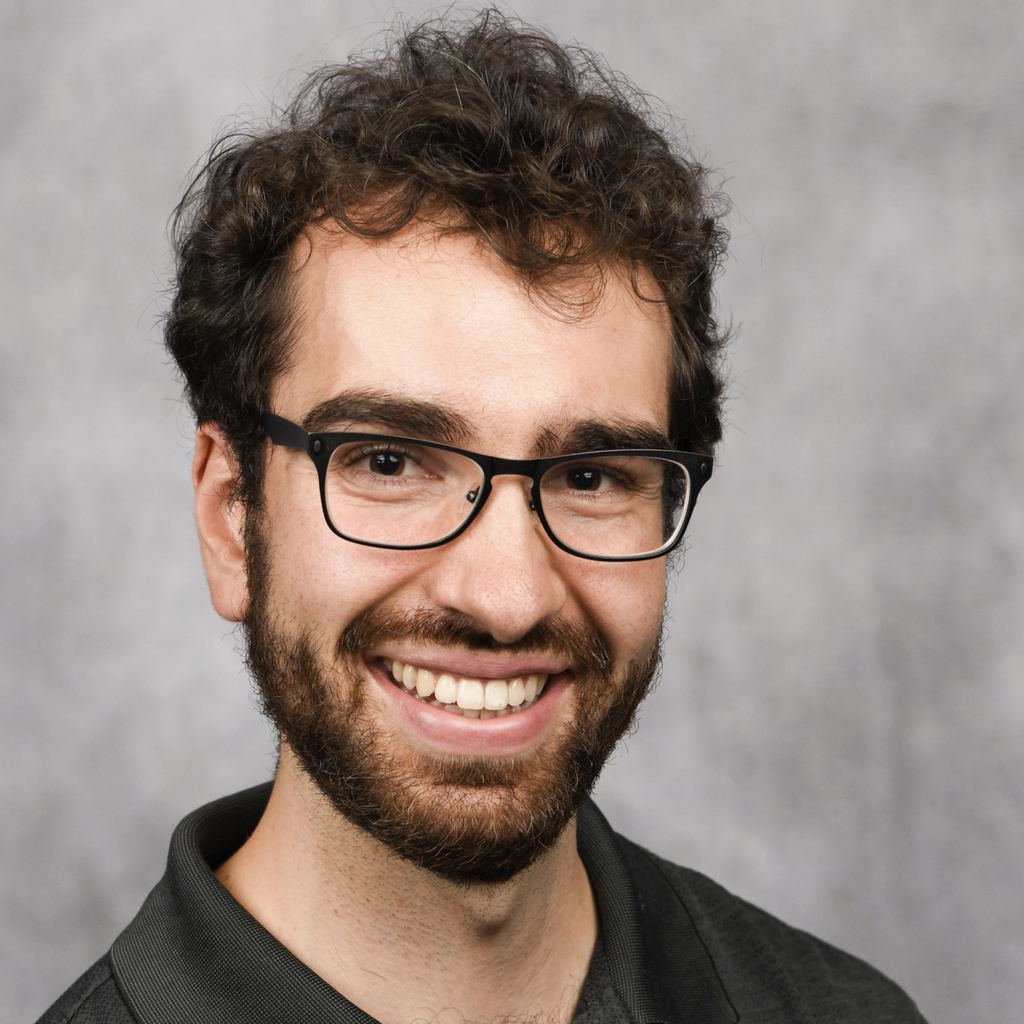
Riley Troyer
Title/Position
Graduate Research Assistant
Riley Troyer is a current Ph.D. candidate at the University of Iowa working under mission Co-I Dr. Allison Jaynes. Riley's research focuses on how pulsating aurora are formed and their impact on the atmosphere. His most recent work to identify when the most energetic events occur has helped the LAMP team determine a launch criterion. Riley is originally from Fairbanks, Alaska and got his B.S. in physics from the University of Alaska Fairbanks. Outside of auroral research, Riley is an advocate for science policy and co-founded the science policy student organization, Connecting Science to Society.